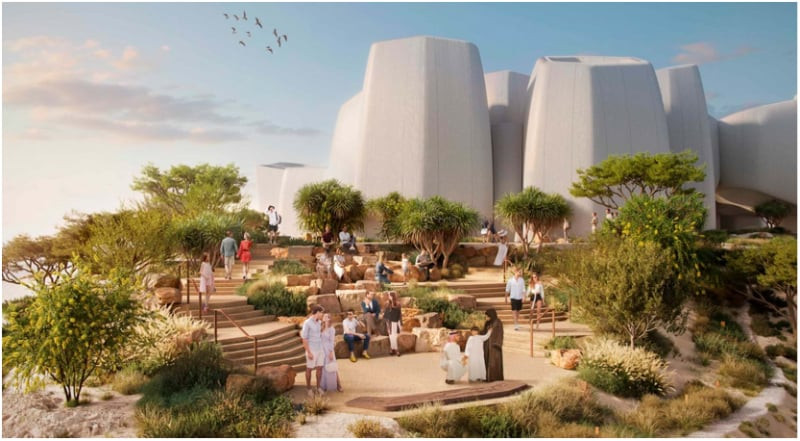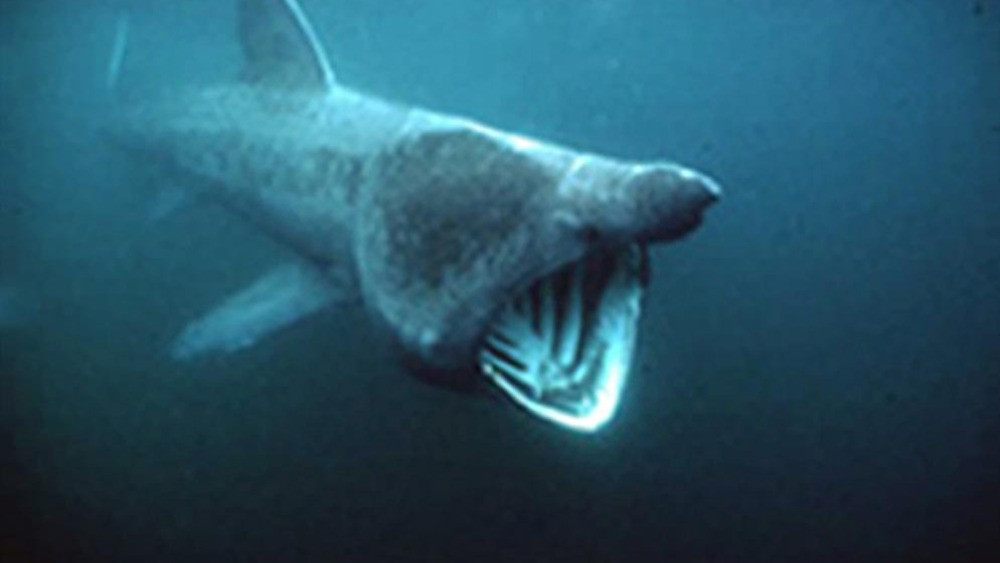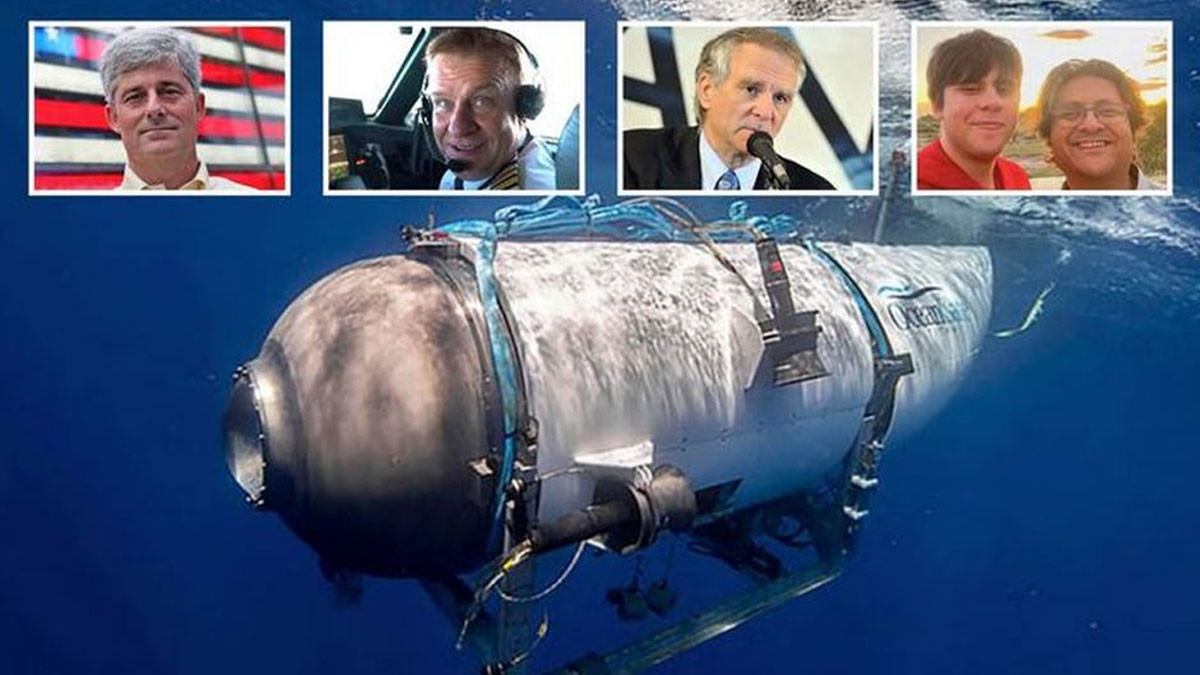Every Galwegian worth their salt has looked east along the Bay and spotted the sun glinting from the Marine Institute building, nestled behind the embrace of Rinville Point’s gorse and grassy dunes. It is a majestic, award-winning crescent of steel, wood, blocks and acres of sparkling glass designed by State architect Ciarán O’Connor, situated on a crooked finger of land pointing into the apex of our Atlantic bay. In it sits Rick Officer, the new chief executive of Ireland’s national maritime agency with responsibility for informing scientific, economic, environmental, agricultural and industrial development of Ireland's enormous and abundant seas.
The down-to-earth Aussie – originally from Adelaide, but grew up in Melbourne – began his tenure at the government agency’s head-quarters in Galway back in January this year. Previously involved with the Marine and Freshwater Research Centre at GMIT since 2008, he became ATU vice-president of research and innovation when the institutes in Galway, Sligo and Letterkenny merged to become Atlantic Technological University in 2016.
Officer now oversees a budget of €88 million per year, and a staff of over 250. His agency oversees two ocean-going research vessels often spotted in Galway’s docks: the 65m RV Celtic Ex-plorer; the 53m, state-of-the-art RV Tom Crean; as well as the remotely operated submersible Holland I.
Officer has been living in Galway since 2003, “So I’m not quite a full blow-in” he pleads. Married to Deirbhile from Dublin, they have two sons and one daughter, all aged in their twenties. They did, briefly, move to Australia for two years, but neither Deirbhile or Rick could handle the heat of Brisbane, “So we moved back to Galway - for the weather!” They live in Maree.
His background is in fisheries management and fishery research. Officer worked in Victorian fisheries, Tasmanian fisheries and aquaculture in Queensland. From a management perspective, things are “simpler” in Australia, with its marine resources firmly under the jurisdiction of a single government authority.
Officer explains that Ireland’s nutrient-rich waters make our fisheries more abundant than those of the south Pacific, but our management and assessment arrangements are far more complicated. This is due to European Union quotas, and non-EU fleets with access to Irish fish stocks, such as Norwegian, Icelandic and Faroese boats.
Fisheries Management in Ireland
Although the Marine Institute does not carry out enforcement or policing functions – that is the remit of the Naval Service and Sea Fisheries Protection Authority, Officer is satisfied that satellite monitoring of vessels, and “eyes and ears” amongst Ireland’s fishermen, does provide an accurate snapshot of fishing activity in Irish waters. He suggests that outside Ireland’s economic exclusion zone (EEZ ), an area up to 230 miles from the coast, the picture may be quite different.
This intelligence, and other information, is vital for the Marine Institute, as one of its core roles is collecting and collating data for other government agencies, scientists, industry and the public.
“The programme of work that we turn out is colossal in its magnitude and in its import,” asserts Officer. The UN uses Irish Marine Institute programmes as exemplars to both developing and developed nations regarding governance and sustainable management of marine resources. This work is funded by the Department of Foreign Affairs.
Around two thirds of the Institute’s budget is from the Department of Agriculture, Food and Marine, and it has service level agreements with a number of other bodies, including the Sustain- able Energy Authority of Ireland (SEAI ).
Sustainable Management of Marine Resources
“Our remit is broad with sustainable management of our aqua resources the bread and butter of what we do, but increasingly we are being engaged in other developing sectors such as offshore renewable energy.” explains Officer.
Offshore Renewable Energy: A New Frontier
Providing historical data and generating new information for the development of Ireland’s offshore energy sector is an expanding area for the Marine Institute.
Officer is at pains to impress that this should be done to avoid, minimise and mitigate effects on existing industries, such as fishing, tourism and aquaculture. He says the Marine Institute is cross referencing seabed maps, bathymetry, and data from Met Éireann’s weather buoys to identify the best areas for windfarm operators to locate their developments, but that the current accuracy of geotechnical, underground data – mostly 20 years old – is not advanced enough to determine exactly where foundations or anchors can be sunk. More mapping is necessary.
The new chief exec certainly seems to be steering the Marine Institute in a direction where it will need more resources to better understand the huge potential wealth to the people of Ireland that lies below, within and throughout our seas. Its impressive HQ, built in 2006, was certainly an architectural statement of greater intent that Officer is focused on pursuing.
'Sea Culture' Night: A Celebration of the Ocean's Influence
Officer is planning to open up the Marine Institute HQ in Rinville to the public for Culture Night on Friday, September 20, with a number of events laid on. There will be sea-themed drama, art and poetry on the night, along- side permanent information boards on the Institute’s work. This spectacular modern building is worth visiting for its impact alone. According to Officer, “The Marine Institute is a national agency of international relevance but it is really important that our local community also appreciates the contribution and impacts of our work.”
There will be visual art and sculpture on display, including Bringing Ireland’s Wildlife Back to Life, an exhibition combining art and science to portray pollution and climate change effects on seabirds. Artworks indicating the importance of the ocean to the coastal communities of Ireland and Wales, produced by the EU-funded Project BlueFish, will also be on show.
Experienced street and documentary photographer Steve Scott will also exhibit Lobster Man AKA Frank which showcases the life of Frank Flanagan, a dedicated fisherman from Rinville.
Visitors can also view maritime heritage displays such as the Galway Bay Flat Bottom Boat, commissioned by South-East Galway Bay community group, Cuan Beo. “For centuries, the sea has been a source of inspiration for writers, poets and artists and it still captures our imagination today,” says Dr Rick Officer, chief executive of the Marine Institute. “We are delighted to open the Marine Institute’s headquarters in Galway to the public for a special Culture Night programme on September 20th. I’m thrilled with the response of local community groups who have come together to stage an evening of entertainment which will celebrate our maritime heritage through music, literature, visual arts, and performance.”
The Marine Institute’s headquarters in Rinville, Oranmore (H91 R673 ) will open to the public from 6.45pm on Friday, September 20. Admission is free, and no booking required.

















